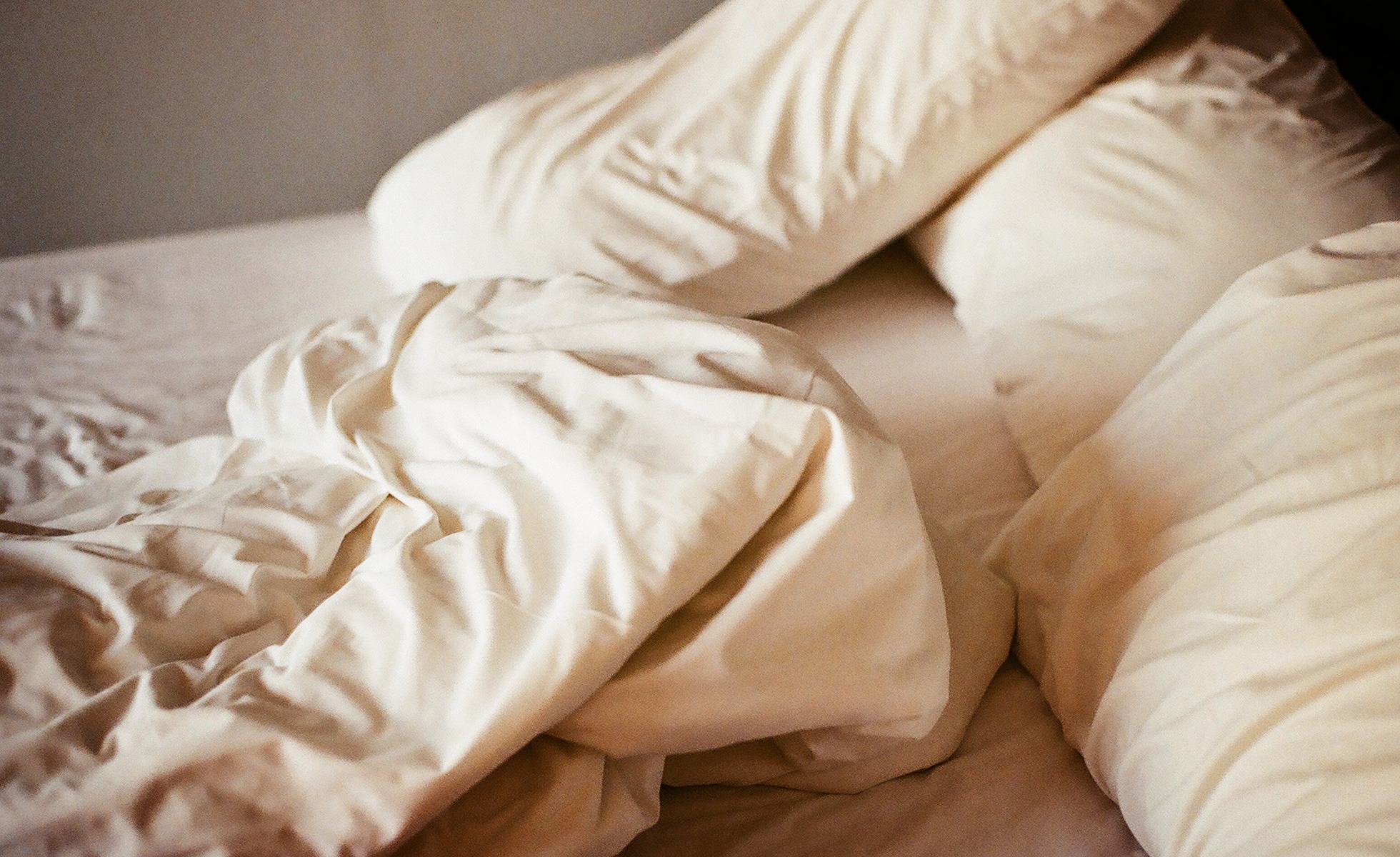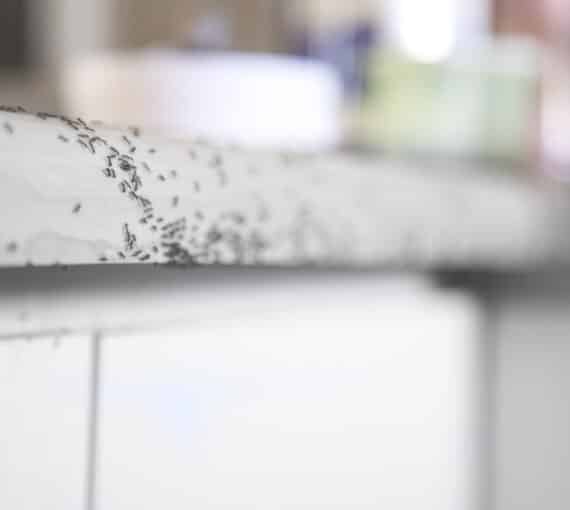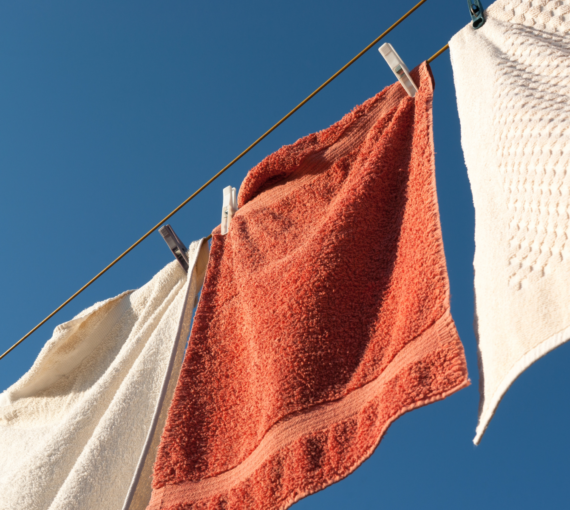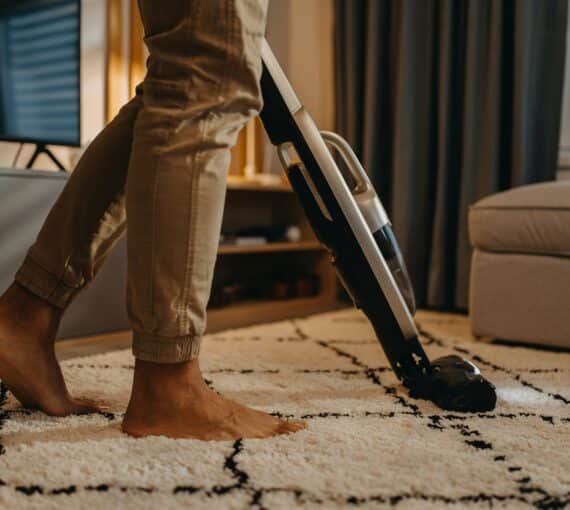
Bed bugs love to be near their food source (us!) so they’re most often found hiding in and around our beds.
Bed bugs are unwanted roommates. These resilient parasites have been sharing human sleeping spaces for thousands of years. Though they’re masters of survival, you don’t need toxic chemicals to discourage or evict them.
How to identify bed bugs and their eggs
Bed bugs are small, wingless insects. They have oval, broad, flat bodies with short, broad heads. Adult bed bugs are brown and darken to red after feeding. Engorged, they can be one centimetre long. Young bed bugs are light brown and darken after feeding. They’re 1.5 millimetres long — harder to spot!
Bed bug eggs are white, about one millimetre long and nearly impossible to spot on most surfaces. A female will lay two to four eggs a day — at least 200 in her lifetime — in cracks, crevices and other hidden locations.
How to prevent bed bugs
Prevention is your strongest defence against bed bugs.
Tips to prevent bed bugs at home:
- Cut clutter. Bed bugs thrive in clothes, papers and piles of stuff.
- Create barriers. Cover mattresses and box springs with tightly woven barrier sheets (organic cotton will also keep out dust mites).
- Inspect second-hand items. Examine used clothing, mattresses, bedsprings and upholstered furniture (or anything made of fabric) for signs of bed bugs. If suspicious, try hot steam or cold treatment.
- Use natural repellents. Essential oils won’t stop infestation. Experts suggest scents like lavender, peppermint, tea tree and eucalyptus may help deter bed bugs.
- Stay vigilant. Watch for signs. Look for bed bug excrement (small black spots) and shed skin on sheets, mattresses and bedsprings.
Tips to prevent bringing bed bugs home after travelling:
- Inspect your accommodation mattresses, headboards and furniture for bed bug signs.
- Don’t put your luggage on floors. Bed bugs love dark, enclosed spaces. Put your luggage on metal racks rather than on beds or carpeted floors.
- Report suspicions to staff.
- Inspect luggage when you get home for bed bug signs.

Eco-friendly ways to get rid of “pests” in your space
Consider the ways you deal with common, unwelcome intruders (“pests”) — ants, silverfish, earwigs, firebrats, cockroaches, flies, moths, spiders, aphids, pill bugs, etc. — and try these nature-inspired, eco-friendly methods to discourage them, create healthy living spaces and safeguard the planet.
The case against toxic pesticides
In the early 1940s, the synthetic pesticide DDT emerged as a “miracle solution” for bed bug control. People sprayed it in their bedrooms, on mattresses — even on their bodies. The widespread use of DDT came at a severe cost. Bed bugs became resistant. The chemical accumulated in the food web and contaminated soil and water systems. And we learned that it disrupts human endocrine systems and causes cancer. DDT was banned in most countries by 2004.
Other synthetic pesticides and insecticides have been marketed as bed bug treatment solutions. But cross-resistance is one of the reasons why bed bug populations have increased globally. And these chemicals continue to impact the environment and human health.
Eco-friendly methods to treat bed bugs
If you catch a potential bed bug problem early, these eco-friendly methods have the best chance to treat the issue and prevent an infestation. If there are signs of a bed bug infestation (e.g., bites on skin, presence of molted skin, fecal spots, blood and odour), contact a pest expert and request a non-toxic treatment plan.
Tip! You may have to repeat these suggestions many times. Carefully inspect for bed bugs every few days after treatment. If the problem persists and grows into an infestation, contact a pest expert.
Try all or a combination of these eco-friendly methods to combat a bed bug problem in your home.
High heat treatment
Heat is can destroy all life stages of bed bugs (including eggs).
- Wash everything, including curtains, bedding and removable upholstery, in hot water.
- Put infested clothes, bedding, curtains and removable upholstery into a dryer. Ensure settings are at the highest heat level for at least 90 minutes.
- In hotter seasons and climates, place items in black plastic bags in a closed car in the sun.
- Steam clean your mattress, headboard, box spring, bed frame, baseboards and/or other furniture. Ensure the steam temperature is at least 55 C (130 F) but does not have a forceful airflow that may scatter the bed bugs.
- For larger furniture and belongings that won’t fit in a dryer, rent a portable heating chamber that heats to the core of bulky items.
Extreme cold
Extreme cold can treat items that can’t be heat treated (e.g., delicate clothing/fabrics, shoes, toys, books, electronic equipment).
Wrap items in sealed bags. Put them in the freezer for at least five days. For best effect, the freezer must remain at or below 0 F (32 C).
Other treatments
Tackling a bed bug problem often requires many treatment methods.
- Vacuum bed bugs. Carefully empty and clean the canister and filter. Tie the garbage bag tightly and dispose immediately.
- Try diatomaceous earth. Sprinkle it around baseboards, underneath and on the sides of your mattress, box springs, edges of carpets, upholstered furniture and anywhere you suspect bed bugs may be hiding out. Leave for up to seven days. Replenish as needed. Use a wet mop or shop vac to clean up the diatomaceous earth (the fine powder is abrasive and can ruin regular vacuum filters).
- Try enzyme-based products. These are designed to remove dirt, germs, bacteria, odours and pests including bed bugs, lice, scabies, fleas, mites and more.


